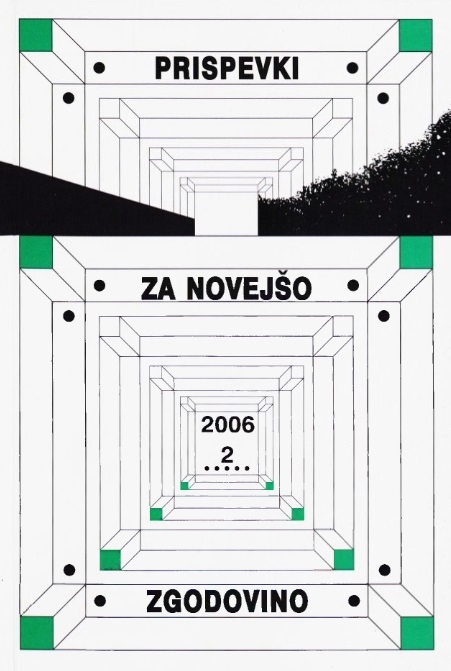
Recenzija: Generalov let: spomini generala Ivana Dolničarja
The review of: Jak Koprive, Generalov let: spomini generala Ivana Dolničarja. Modrijan, Ljubljana 2005, 288 strani, ilustrirano.
More...We kindly inform you that, as long as the subject affiliation of our 300.000+ articles is in progress, you might get unsufficient or no results on your third level or second level search. In this case, please broaden your search criteria.

The review of: Jak Koprive, Generalov let: spomini generala Ivana Dolničarja. Modrijan, Ljubljana 2005, 288 strani, ilustrirano.
More...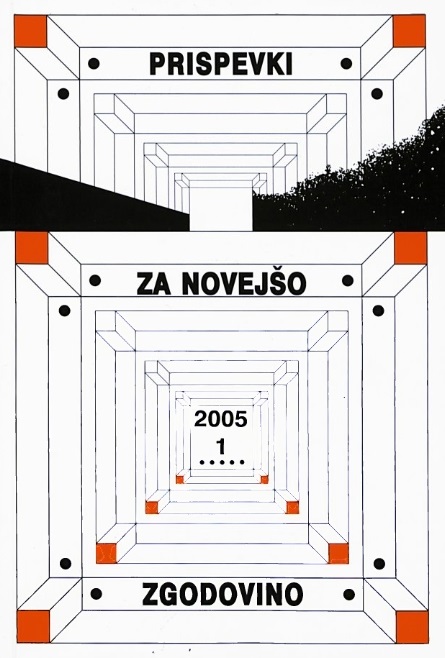
The review of: Jakob Štukl, Iz mojega življenja, Zgodovinski arhiv Ljubljana, Gradivo in razprave 24, Ljubljana 2004, 142 strani.
More...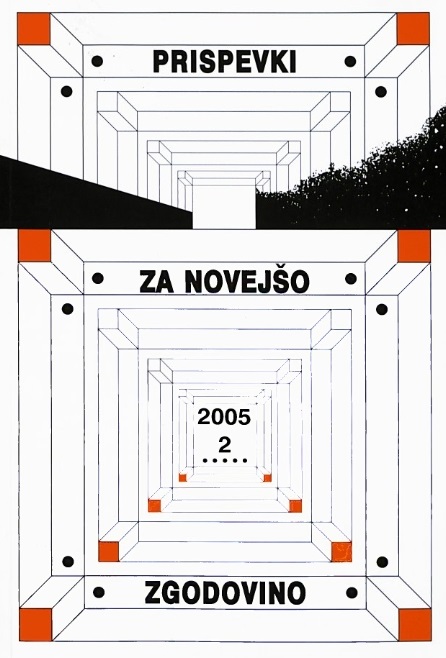
The review of: Zdenko Cepič, Damijan Guštin, Martin Ivanič: Podobe iz življenja Slovencev v drugi svetovni vojni. Knjižnica Enciklopedije Slovenije, Mladinska knjiga, Ljubljana 2005, 403 strani (ilustrirano).
More...
The paper describes the problems, the methodology and the findings related to the documenting of the hidden grave sites from the Second World War and the first post-war years on the territory of the Republic of Slovenia. This was carried out between April 2002 and February 2003 and from August 2003 till May 2004 when the first phase of the national project of documenting all the grave sites from the mentioned period was carried out. The wartime and the post-war grave sites of the opponents of the partisan movement remained undisclosed for more than fifty years. A total of 290 grave sites were documented, 35 of which were located in Karst pits, 7 in mine shafts and shelters, 12 in anti-tank trenches and 236 in burial pits.
More...
Julija letos me je poklical višji kriminalistični inšpektor Pavel Jamnik, ki na Generalni policijski upravi (GPU) vodi akcijo "Sprava". Slišal je za dogovarjanja o izkopu okoli 1500 nemških vojakov v Ilirski Bistrici in spraševal, če sem morebiti seznanjen s to informacijo. Ko sva poizvedovala na Sektorju za vojna grobišča na Ministrstvu za delo, družino in socialne zadeve (Ministrstvo za delo), sva med drugim izvedela, da naj bi na Upravni enoti Ilirska Bistrica hranili dokument, na katerem naj bi bil poimenski seznam okoli 1500 padlih nemških vojakov. Za izkop več deset nemških vojakov iz grobišča zasebnika v okolici Ilirske Bistrice naj bi se dogovarjalo podjetje Veking iz Celja. To je sicer podjetje, ki na temelju sporazumov med Slovenijo in Nemčijo ter Slovenijo in Italijo izvaja prekope nemških in italijanskih vojakov na ozemlju Slovenije. Izkop v Ilirski Bistrici bi po dogovorih že moral biti opravljen, a so ga preložili na 22. julij. [...]
More...
The review of: Sandi Volk: Istra v Trstu: naselitev istrskih in dalmatinskih ezulov in nacionalna bonifikacija na Tržaškem. Koper : Zgodovinsko društvo za južno Primorsko: Univerza na Primorskem. Znanstveno-raziskovalno središče, 2003, 348 strani (Knjižnica Annales, 33)
More...
The review of: Zdravko Klanjšček (soavtor Stanko Petelin): Deveti korpus slovenske narodnoosvobodilne vojske 1943-1945. Društvo piscev zgodovine NOB Slovenije, Ljubljana 1999, 571 strani, ilustr.
More...
The contribution of Professor Tone Ferenc, Ph.D, to military history, as a part of the general history of the Second World War in Slovenia, is comprehensive. As a history student at the Faculty of Philosophy of the Ljubljana University, he participated in the preparation of manuscripts for Zbornik dokumentov in podatkov o narodnoosvobodilni vojni jugoslovanskih narodov; Boji v Sloveniji (Miscellany of the Documents and Data on the National Liberation War of the Yugoslav Peoples; Battles in Slovenia) He was the editor of Volumes 7 to 11 in Slovene, and the co-author and reviewer of a voluminous book "Naroodnoosvobodilna vojna na Slovenskem 1941-1945" (The National Liberation War in Slovenia 1941-1945). He also wrote important military monographies and can be regarded as the highest authority, as historian, researcher and pedagogue, for the Second World War in Slovenia.
More...
The author presents considerations and attempts of Nazi and fascist authorities in the beginning of 1943 (when they were defeated at Stalingrad) to gain the collaboration of population in occupied territories of the Soviet Union by political means with a new and milder policy. But, most of all, Italians tried to convince Germans that the Axis powers should draw up their own charter in opposition to the allied Atlantic Charter and its planned arrangement of the world after the war. In the so-called European charter, the Axis powers would present to the occupied nations their own views on the postwar world and explain what these nations would gain by the victory of the Axis. The Italian proposal did not succeed with Germans.
More...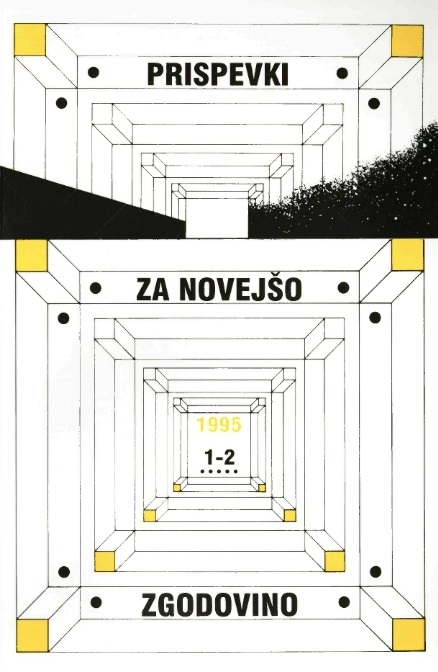
The review of: Mirko Fajdiga: Bračičeva brigada. Na Štajerskem, Koroškem in Gorenjskem. Prva in druga knjiga, Založba Obzorja, Maribor 1994, 862 strani.
More...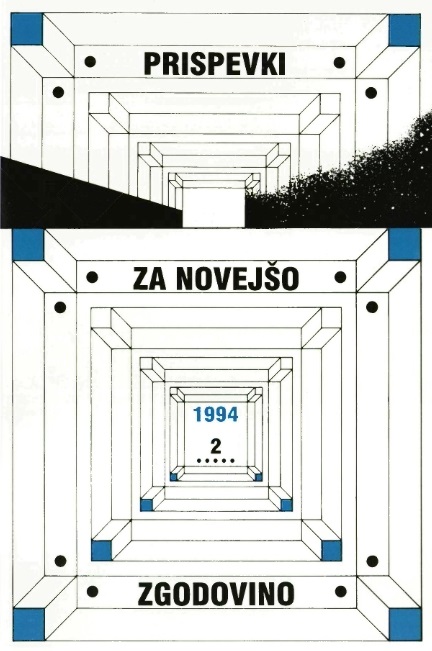
The review of: Tomaž Teropšič: Kozjanski odred 1., 2. Obzorja, Maribor 1993 (Knjižnica NOV in POS; 29/3), 413 + 465 strani.
More...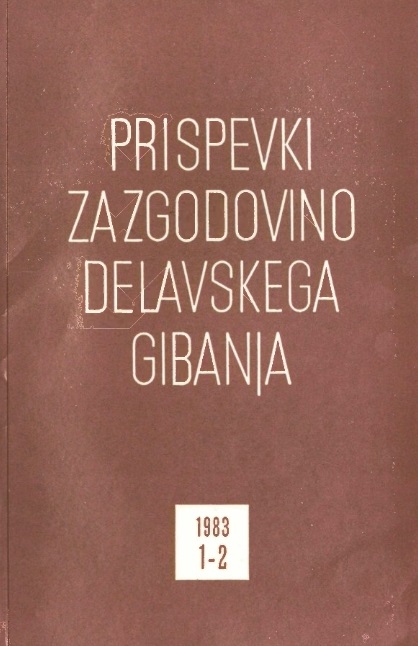
The review of: Boris Mlakar: Domobranstvo na Primorskem (1943—1945). Založba Borec, Ljubljana 1982. Knjiga, ki jo je založba nagradila s Kajuhovo nagrado, obsega 223 strani besedila in 31 strani navedbe virov in literature ter kazal osebnih in krajevnih imen.
More...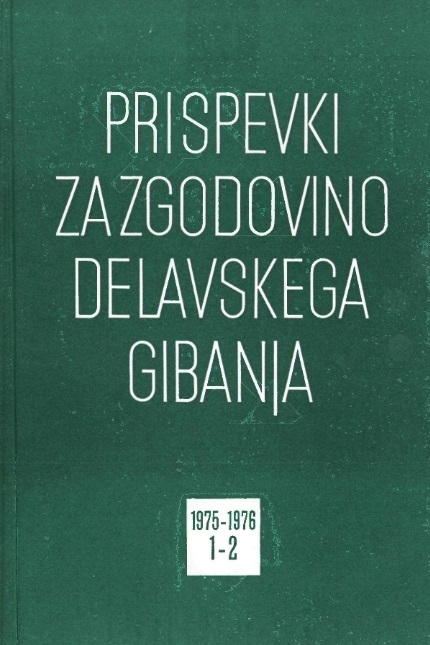
The Partisan Journal was first issued in November 1943 as a military newspaper, becoming in the following year the organ of the Liberation Front for the Littoral and Upper Carniola. Its characteristics were great popularity and quality as well as regular publication evene during the offensives of the occupying forces: it was a true journal, which is definitely a special, case in the European Resistance Movement. Between November 26, 1973 and May 7, 1945, 234 cyclostyle numbers and 206 printed numbers were thus issued. Its successor is "Primorski dnevnik" (the Journal of the Littoral) issued in Trieste.
More...
The review of: Dušan Kveder-Tomaž, O osvobodilni vojni. Uredil Anton Bebler, Ljubljana 1975; strani 288 s fotografijami.
More...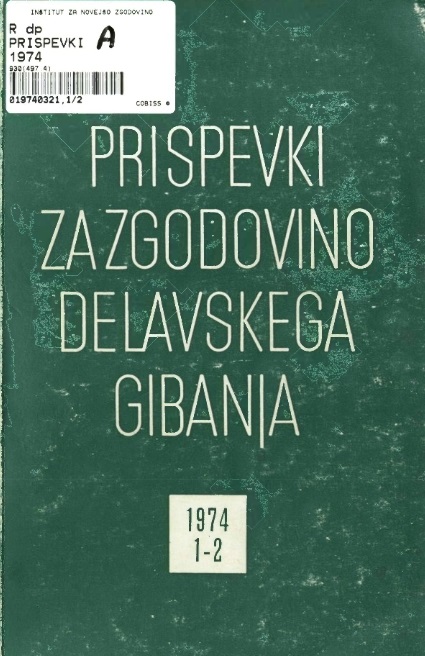
The review of: Božo Lazarević, Vazduhoplovstvo u narođnooslobodilačkom ratu 1941-1945. Vojnoizdavački zavod, Beograd 1972. 302 strani.
More...
The review of: Kliče Glavni štab, Ljubljana (Združeno PTT podjetje Ljubljana) 1972,733. str. s slik. + 1 zemlj.
More...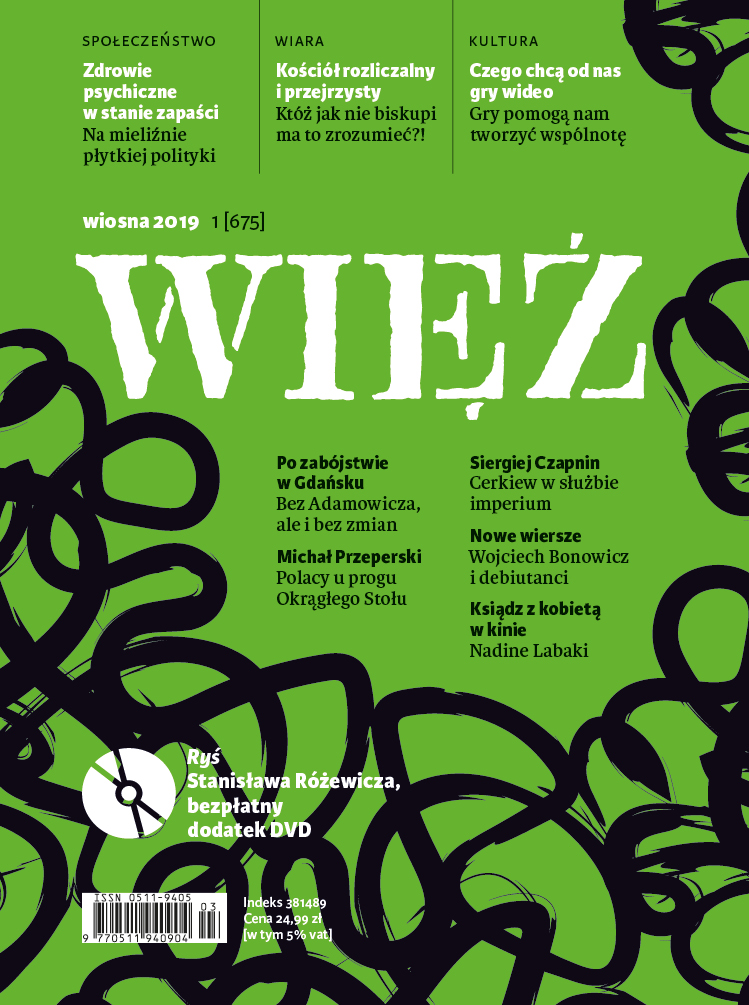
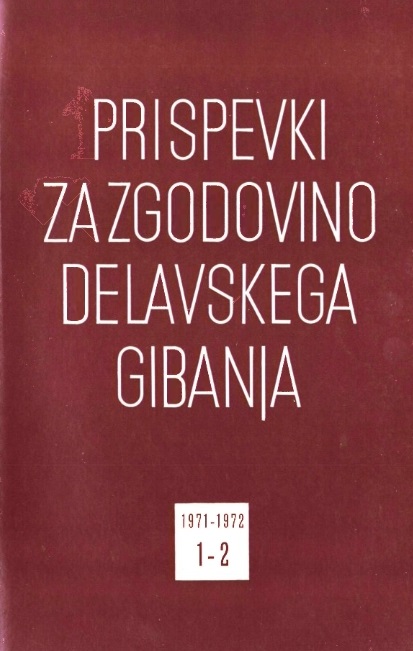
Strategijo in taktiko slovenskih narodnoosvobodilnih oboroženih sil so opredeljevali cilji sovražne okupacije slovenskega ozemlja, nevarnost popolnega uničenja Slovencev in dejstvo, da si je osvobodilno gibanje slovenskega naroda zastavilo razen cilja osvoboditve tudi cilj združitve vseh Slovencev. Takšni obči cilji so zahtevali stalno prisotnost osvobodilnih enot v vseh predelih slovenskega iozemlja oziroma njegovo neprekinjeno pokrivanje z operativnimi enotami. Partizanske čete Slovenije niso smele zapuščati ozemlja in so morale stalno prilagajati svojo taktiko možnostim boja. Cilj OF, da se v narodnoosvobodilnem boju združi vsa Slovenija, so uresničile že sredi leta 1944, potem pa se je akcija NOV in POS čedalje bolj usklajevala z akcijo glavnine narodnoosvobodilne vojske Jugoslavije. V sklepnih operacijah so slovenske enote omogočile s svojim usklajenim delovanjem uresničitev operativnih načrtov JA za popolno osvoboditev Jugoslavije in priključitev Slovenskega primorja. V tako težavnih okoliščinah, v kakršnih so se bojevale enote NOV in POS, bi boj ne bil mogoč, če bi ne imele trdno organiziranega in močnega zaledja v Osvobodilni fronti slovenskega naroda.
More...
The review of: Jugoslavija v Revue d'histoire de la deuxieme guerre mondiale
More...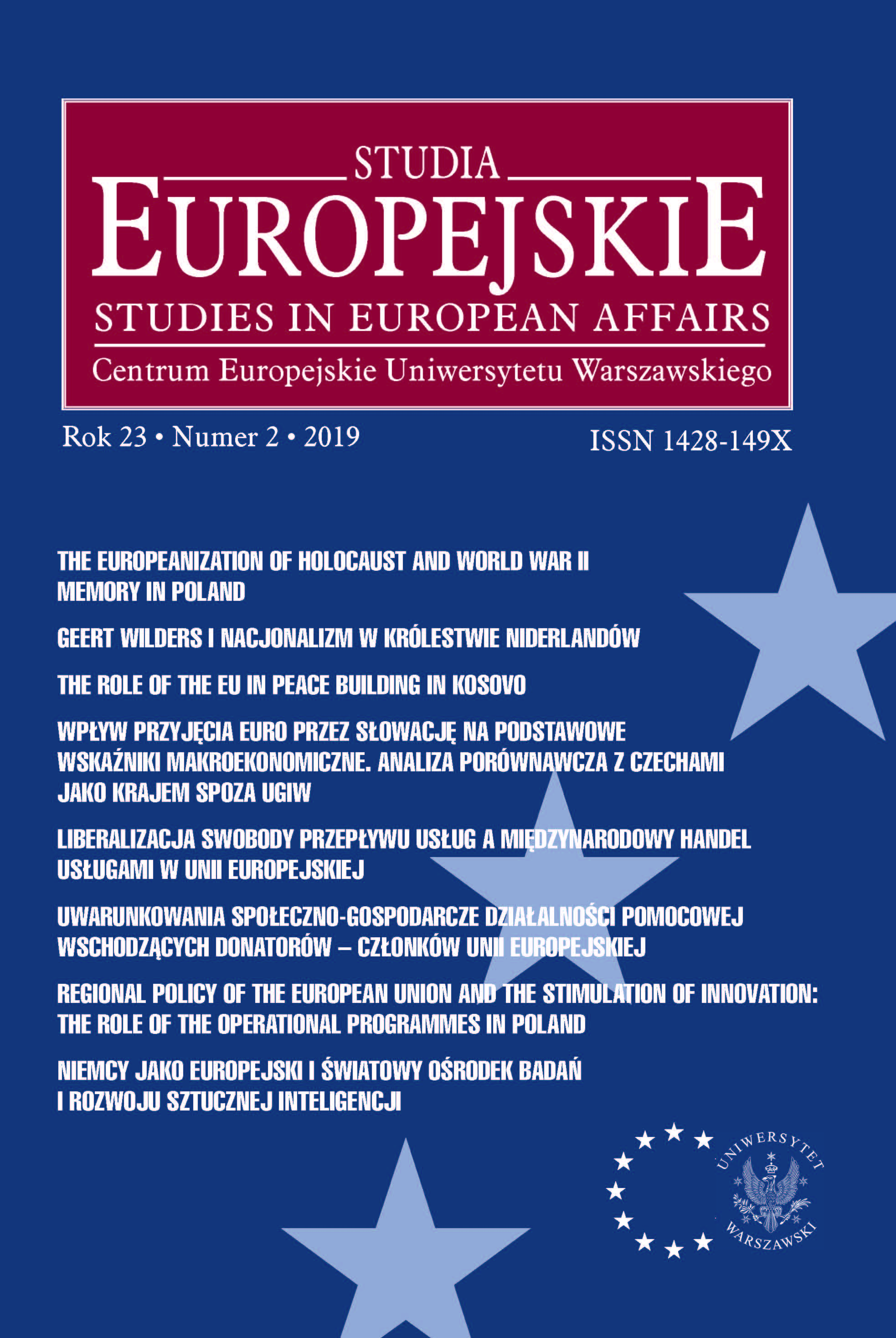
The article presents a summary of the reflections and research of the author (and the wider research team) on the Europeanization of heritage and memory in holocaust and World War II museums, exhibitions and educational projects in Poland and gives a theoretical overview on the issue. In how far does the Polish way of commemoration reflect the postulates of academic research in this field? Currently in Europe, the trend in historical museums shifts from the sheer presentation of the past towards a more open format, including references to human rights, tolerance and non-discrimination. Furthermore, European museology develops towards being a platform of democratic discussion and the negotiation of meanings. What can be the potential role of Polish Holocaust and World War II museums? And how are these postulates in practice realized in cultural institutions and museums dealing with one of the greatest disasters in modern history? The research sample included the Auschwitz-Birkenau State Museum, the State Museum at Majdanek, the Home Army Museum in Kraków, the Ulma Family Museum of Poles Saving Jews in World War II in Markowa and a number of other institutions in Poland.
More...